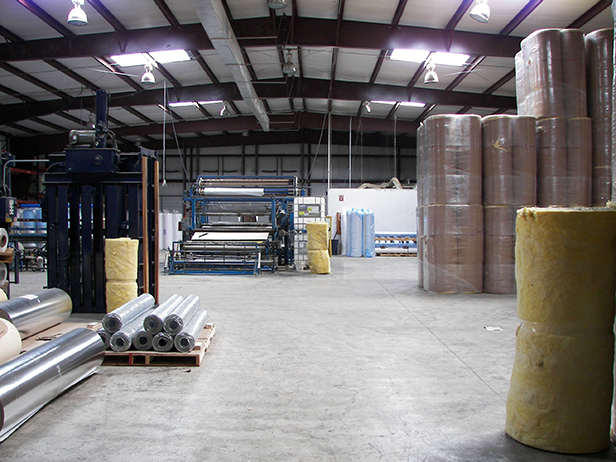When metal roofing and wall systems of insulated metal panels, or IMPs, are combined with integrated daylighting and electrical lighting systems (such as with skylights, windows and translucent panels) it can improve occupant wellness and overall building performance. Are you curious if the return would be worth your investment? Uncover the recent advancements in daylighting technologies, the benefits and how to measure your building’s success.
Advancements in Daylighting Technologies and IMPs
In recent years, IMP assemblies have seen significant improvements, including more effective seals and thermal breaks as well as better thermal performance.
A range of novel daylighting products and technologies have been introduced in recent years that aid in the deployment of natural illumination for a multitude of occupancies—maximizing daylighting effectiveness while also maintaining the envelope’s barrier and thermal performance. These tools include pre-engineered, integrated metal envelope and roof solutions with compatible curbless skylights, light tubes, pan-type prismatic skylights, automated dimming controls for lighting, motorized shades and other components.
One example of how new tools are replacing more traditional products is the use of domed and pan-type units with prismatic embossing, which refracts and directs two to four times as much illumination into the indoor spaces when solar incidence angles are more acute, such as in the early morning and late in the day. These prismatic elements also help eliminate “hot spots” and reduce glare and ultraviolet (UV) deterioration from daylighting.
Benefits of Investing in Daylighting
Overall, using the current crop of novel skylight products in combination with a highly thermally efficient base system of metal panel walls and roofing will reduce excessive solar heat gain as they reduce the electrical base load for lighting. Highly diffusing acrylic and polycarbonate lenses and spectrally selective glass openings are very effective for maximizing functional visible light indoors while inhibiting unwanted heat gain. Many of the skylight aperture designs block 85% of infrared (IR) and 99.9% of UV light, which also reduces the unwanted degradation of products and materials inside the buildings. Additionally, the new generation of skylights also optimizes solar harvesting because many of the lenses have a minimal effect on VT.
In this way, the use of skylights with metal roofing and IMPs can be an effective way to meet the requirements of IECC 2012 and state energy codes. The skylights reduce overall electrical loads without adding unacceptable levels of solar heat gain, and their small relative area means the overall roof U-values remain low.
How to Measure the Success of Daylighting
Building teams will encounter a number of key variables that help measure the effectiveness of proposed daylighting designs. The most common (and valuable) daylighting performance metrics in use today include the following:
• Daylight factor
• Window-to-wall ratio, or WWR
• Effective aperture, or ea.
• Daylighting depth
• Solar heat-gain coefficient, or ShgC
• Haze factor
• U-factor
Using the above tools and terminology, building teams can better assess the benefits of daylighting strategies with skylights, prismatic pan-type products and solar light pipes, among others. In particular, these are important for meeting the widely used 2012 International Energy Conservation Codes (IECC) and ASHRAE 90.1 as well as state energy codes and “reach targets” such as green building certifications, the Passive House standard and others.
How to Learn More
The use of building systems combining metal roofing with skylights and integrated lighting provide significant life-cycle performance. Much of this is due to the research and development behind the individual products and materials used for these applications.
For a more in-depth look at daylighting within the context of metal roof and wall systems, please refer to MBCI’s whitepaper, Shining Light on Daylighting with Metal Roofs, which showcases the strong rates of return of using integrated daylighting systems with novel prismatic optics and high-efficiency lighting on metal envelopes with good thermal and barrier performance.


